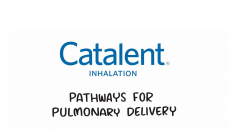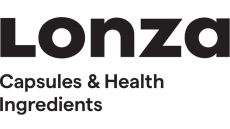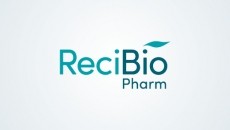Tiny liposomes for better drug delivery
liposomes - lipid particles used to carry a drug payload - that are
smaller and more uniform in size than can be achieved using current
methods.
The scientists speculate that the technology could be used to develop encapsulated drug therapies that offer exquisitely tight control over drug delivery and in turn could lead to safety and efficacy advantages.
Current bulk methods for producing liposomes produce particles in a wide range of sizes. The sizes must be sorted and filtered before being used for drug delivery, since dosage depends critically on size, and this leads to wastage of encapsulated material.
Liposomes have been used in pharmacology for a number of applications, including to improve the activity of the widely used cancer drug doxorubicin by increasing its delivery to tumours and minimising its toxicity while it is circulating. They have also been used to deliver antifungal agents such as amphotericin B.
The new method, developed by researchers at the National Institute of Standards and Technology (NIST) in the US, uses micrometer-size channels etched into a device to produce self-assembled liposomes of specific sizes from as large as about 240 nanometers (nm) to as small as about 100 nm.
These are on the large side as liposomes go, as current manufacturing techniques can produce particles as little as 50nm, but their uniformity of size makes the process appealing.
A stream of lipids dissolved in alcohol is directed at an intersection of two channels that looks like a tiny version of a crossroads. A water-based liquid containing medicines or other substances is sent toward the lipid stream from two opposing directions. Rather than mixing with the water, the lipids surround it, forming self-assembled nanocells. Controlling flow rates in the microchannels produces nanocells of specific sizes, with faster flows producing smaller cells.
The work has been published in the 10 March issue of the Journal of the American Chemical Society, and is also the subject of a US patent application.













